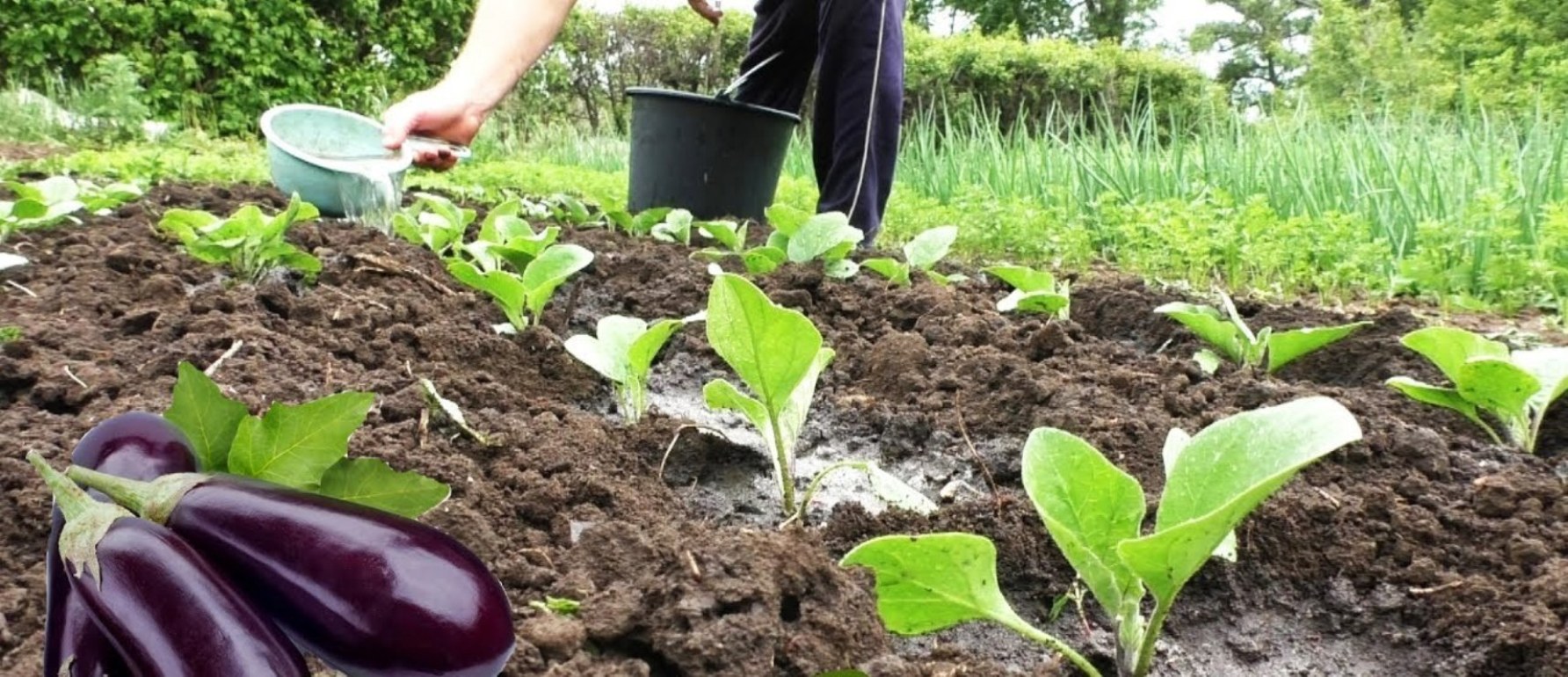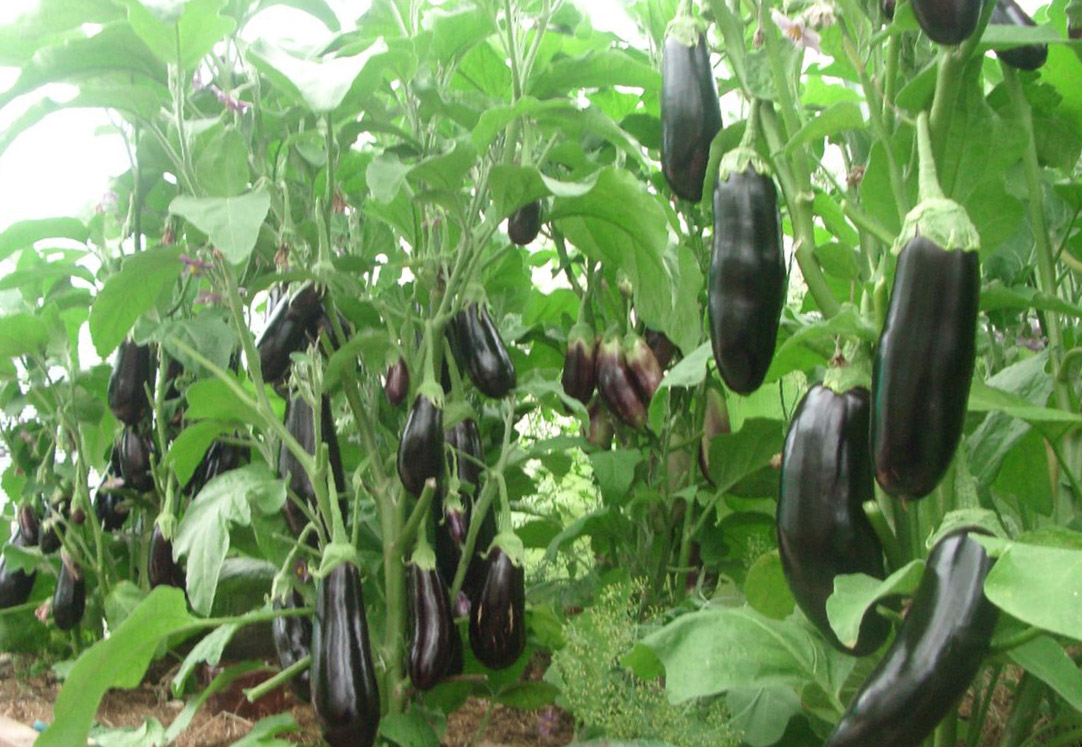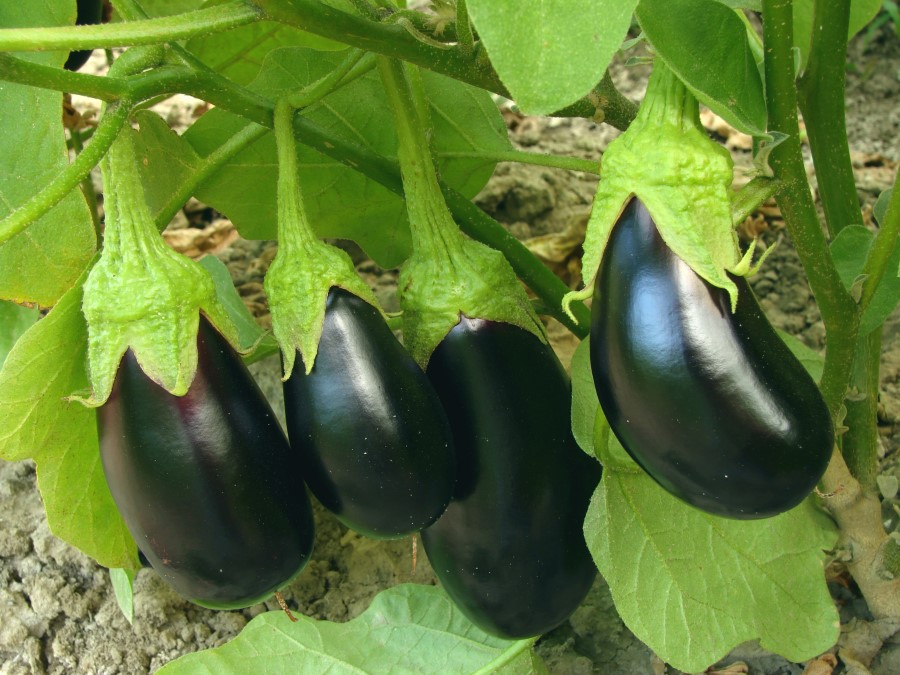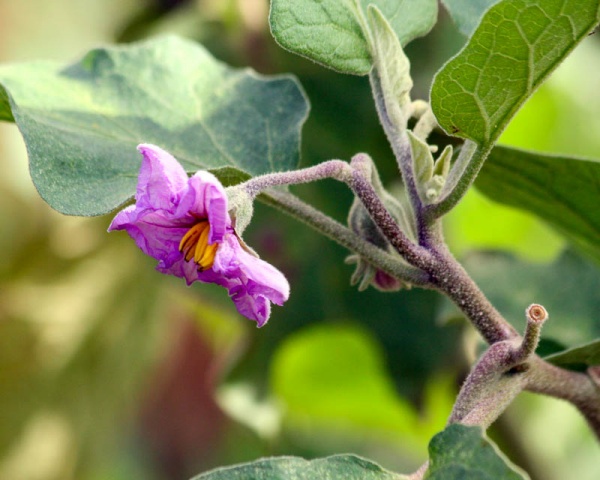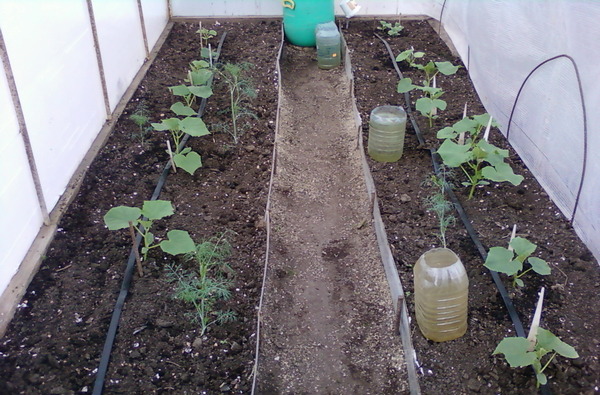Content:
In many regions of the country, eggplants are grown exclusively in a seedling way: they sow seeds in pots and tenderly look after young sprouts at home, after which they are planted in a vegetable garden. Due to improper transplantation to a permanent place, even the most productive and large-fruited varieties can produce low-quality fruits or not bear fruit at all. Before starting planting, it is important to figure out how to plant eggplants.
How eggplants are planted in open ground
The scheme and technology of planting a vegetable in the open air practically does not differ from the agricultural technology of eggplants in greenhouses. In order for the culture to bear fruit well without shelter, it is important to plant seedlings of zoned varieties and hybrids with increased cold resistance and resistance to temperature extremes.
Eggplant hybrids that combine good yield and cold resistance have gained great popularity; they can be grown in open ground in regions with a changeable unfavorable climate, for example, in the Moscow region, in the Urals.
When can you plant eggplant
The main difference between planting greenhouse and ground eggplants is the timing of the event. In order for the seedlings to take root quickly, suitable growing conditions must be provided.
Primary requirements:
- soil temperature at a depth of 10 cm should be at least +180C, otherwise the root system stops working, the seedlings do not receive the necessary nutrition from the soil and die;
- optimal air temperature during the day - more than +200C, and at night the indicator should not fall below +150C, therefore, in the northern regions, temporary shelters are often installed on eggplant beds in open ground.
You can plant eggplants in open ground as soon as the above conditions are established and the threat of return frosts has passed: depending on the region of the country, planting is carried out from late May to mid-June. In greenhouses and greenhouses, planting work begins a couple of weeks earlier.
Landing rules
Eggplant seedlings grown in a city apartment are under great stress when transplanted to a site, so it is important to ensure their competent planting, which will help them quickly settle down in a new place. Below is a step-by-step technology that describes step by step how to properly plant eggplants in the ground in a permanent place.
Site selection and soil preparation
The area allotted for this culture should be open and sunny, eggplants do not grow in the shade. In the greenhouse, they are grown on the south side. The soil is prepared in advance, in autumn or spring, applying all the necessary mineral and organic fertilizers. Eggplants grow only on light, loose soils with good air permeability, therefore, heavy soil is loosened by adding vermiculite, river sand, peat, humus, sawdust, etc. Of the minerals, potassium and phosphorus-containing fertilizers are applied.
Planting depth
The planting holes for eggplants are shallow - it is enough to dig out the seedlings according to the parameters of the earthen lump. It is not recommended to deepen the plants - they do not develop adventitious roots, the root collars can rot.If necessary, you can deepen the seedlings by 1.5 ... 2 cm, but no more. After placing the seedling in the hole, the cavity is covered with earth, slightly pressing it with your fingers.
Mulching
After planting the culture, it is advisable to mulch the beds with peat or humus and only after that water it - this will preserve the loose soil structure. Mulch retains heat well and reduces the amount of watering.
Shading and hiding
In the first days after planting, until the eggplant seedlings adapt to the new environmental conditions, they are shaded from the sun by any means - paper caps are put on the ground ones, and in film greenhouses and polycarbonate greenhouses, the walls of the structures are covered with milk solution or shaded with newspapers and paper.
Landing scheme
When deciding how to plant eggplants, you should know that the recommended schemes for planting eggplant seedlings in a permanent place for greenhouses and open ground are the same. In the first case, they are most often guided by the dimensions of the structure. 1 m2 no more than 5 bushes can be placed. Each specimen needs a feeding area of about 40 × 50 cm; more space will be needed for tall varieties of culture.
- One line. The planting holes are dug, keeping the distance between them at 35-45 cm.
- Two-line tape. The distance between the seedlings remains the same, the row spacing is 55-60 cm, the aisles between the belts are 90-110 cm. It is advisable to plant in a checkerboard pattern.
- Three-line. It is used only when growing early ripening and undersized varieties: the distance between holes in a row is 35-45 cm, between rows is 50-60 cm.
- Square-nested. It implies planting seedlings in the corners of a square: for varieties with large fruits and high growth, use the scheme 60-70 × 60-70 cm, for undersized plants, the side of the square will be 40-50 cm.This scheme is often used for eggplant in open ground.
crop yield.
Care
Eggplant is known for being picky about growing conditions, so you need to take care of the crop throughout the season.
Watering
The culture loves frequent, abundant watering, especially on hot days. With a lack of moisture, the leaves wither. If the beds are mulched, then the seedlings tolerate stress better on dry days.
Formation
Eggplants can be shaped into up to 4 stems. The shaping is not carried out. Bushes need to be pinned in a timely manner.
Top dressing
Before the budding stage, it is advisable to feed the culture with nitrogen-containing fertilizers, the most effective of which is urea: it is effective to apply root watering and spraying. The first feeding is carried out no earlier than 10 days after planting. In the period of flowering and fruiting, they switch to potash-phosphorus fertilizers.
Knowing exactly how to plant eggplants and observing the elementary rules of caring for them, you can get a high yield with varietal taste and marketability of fruits.


